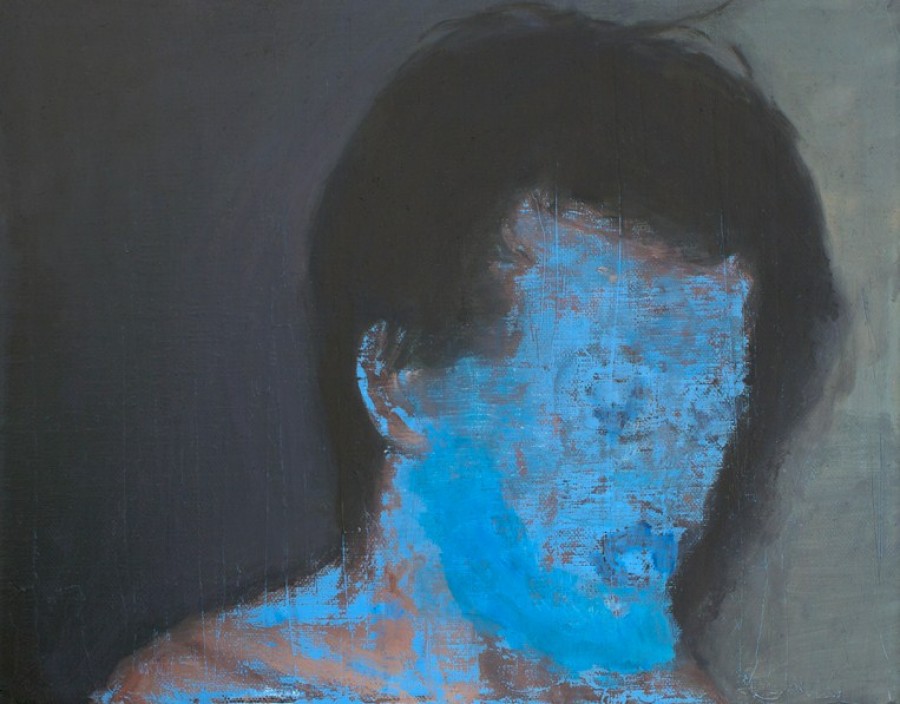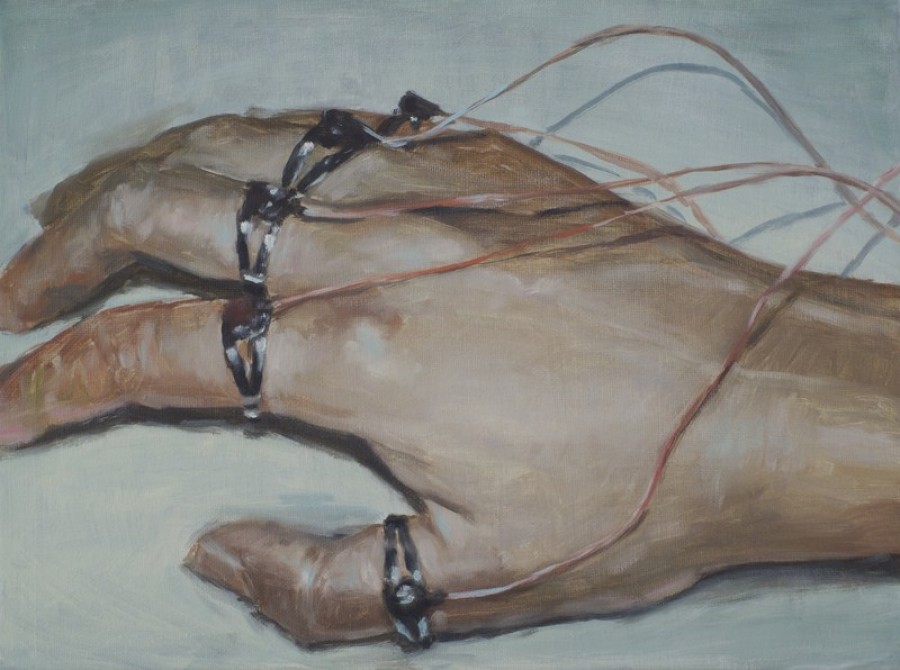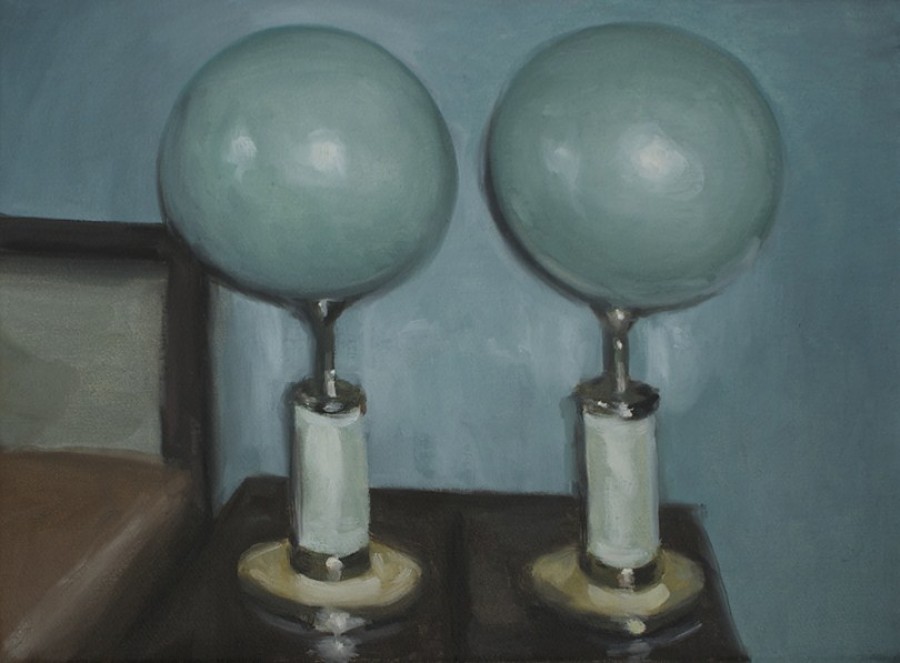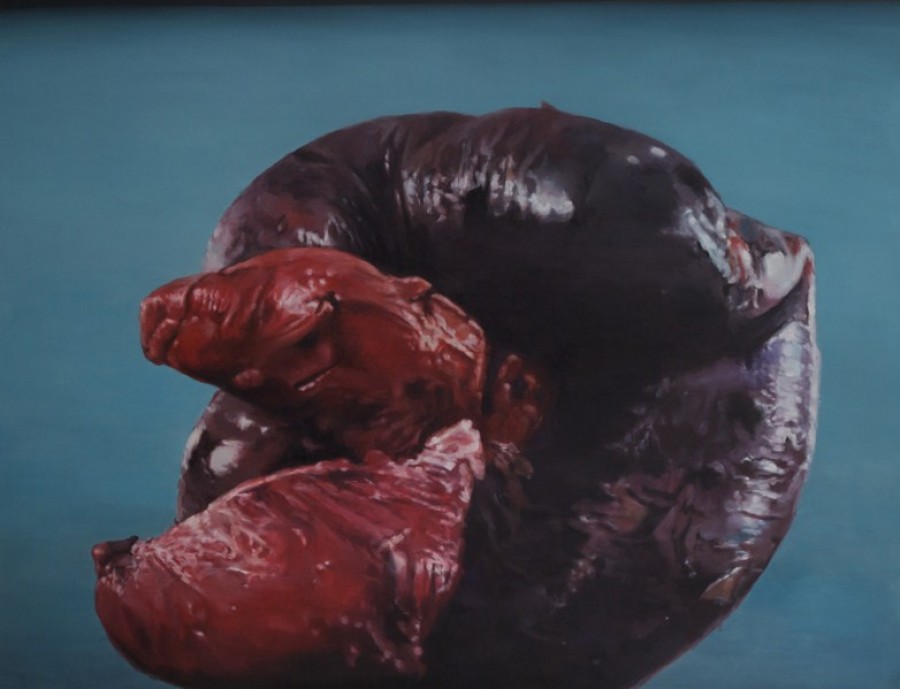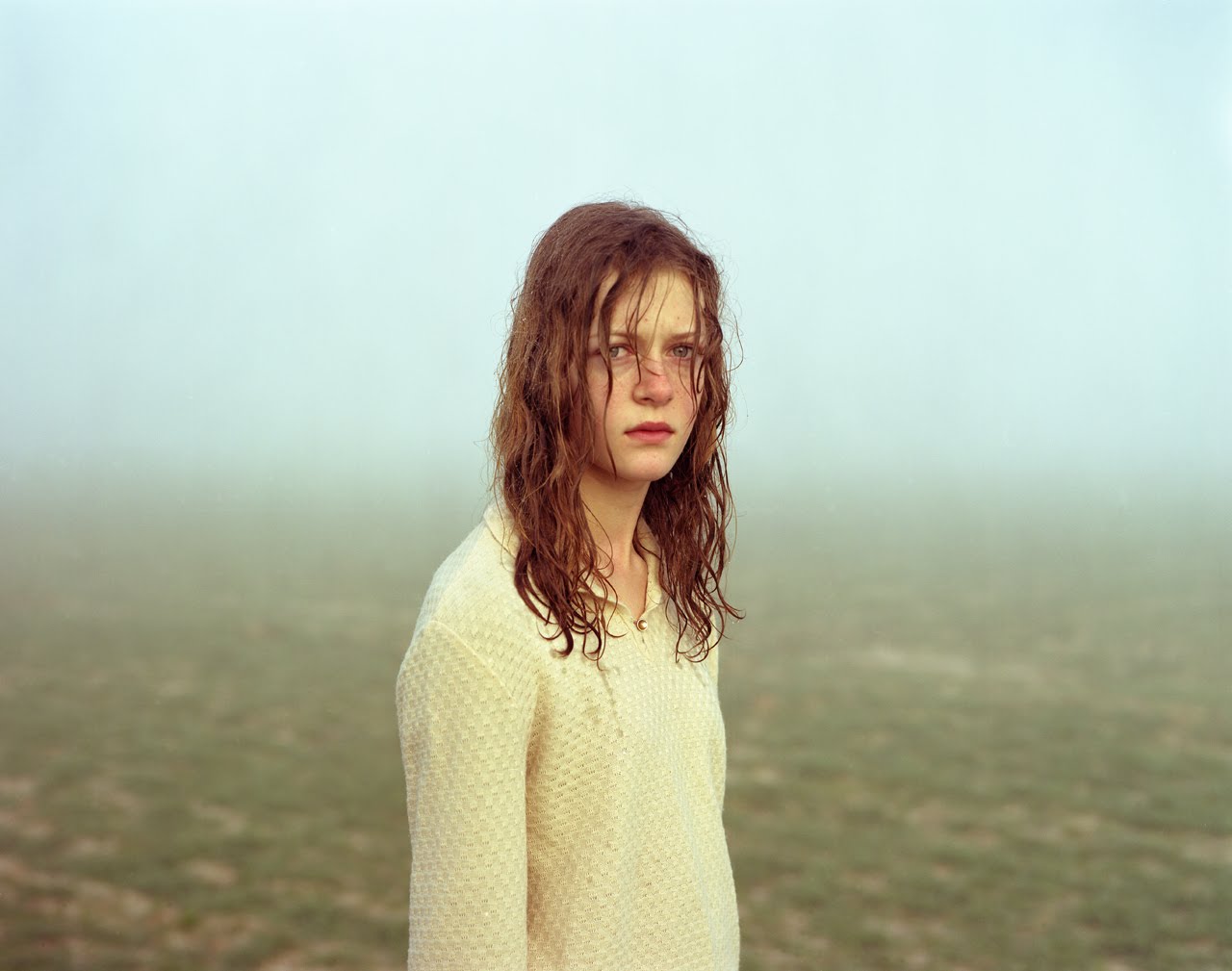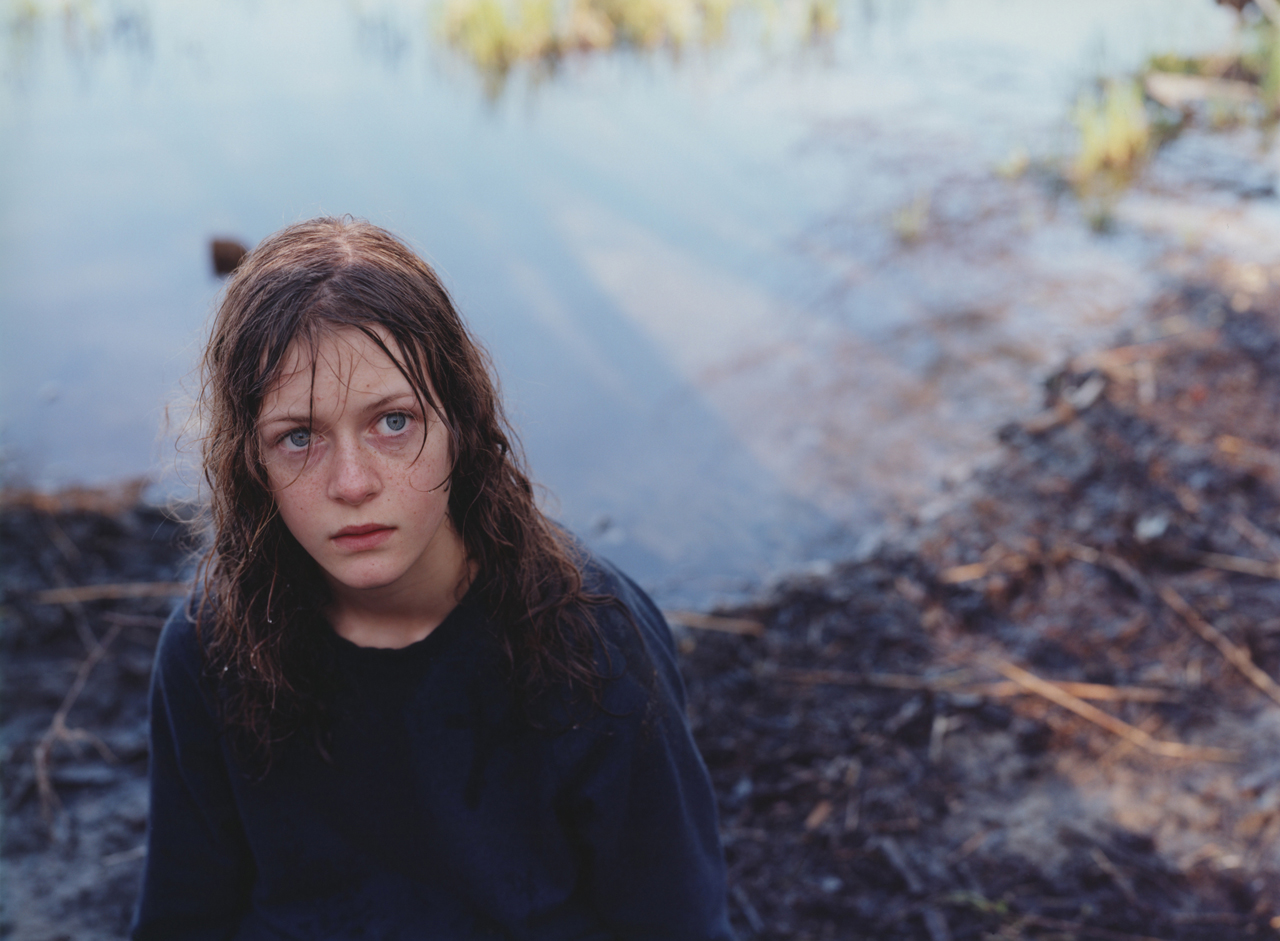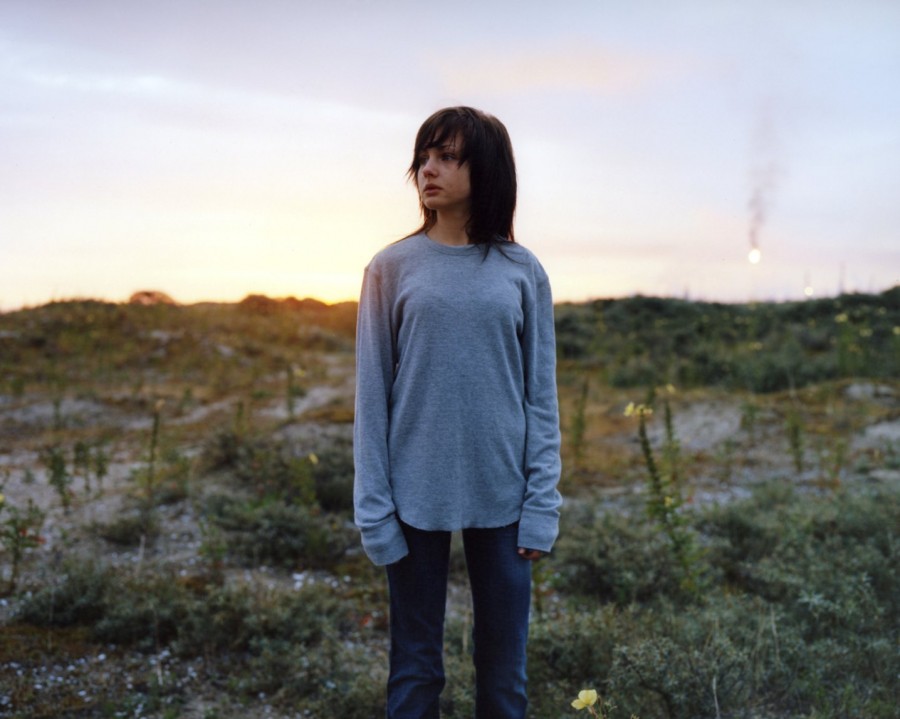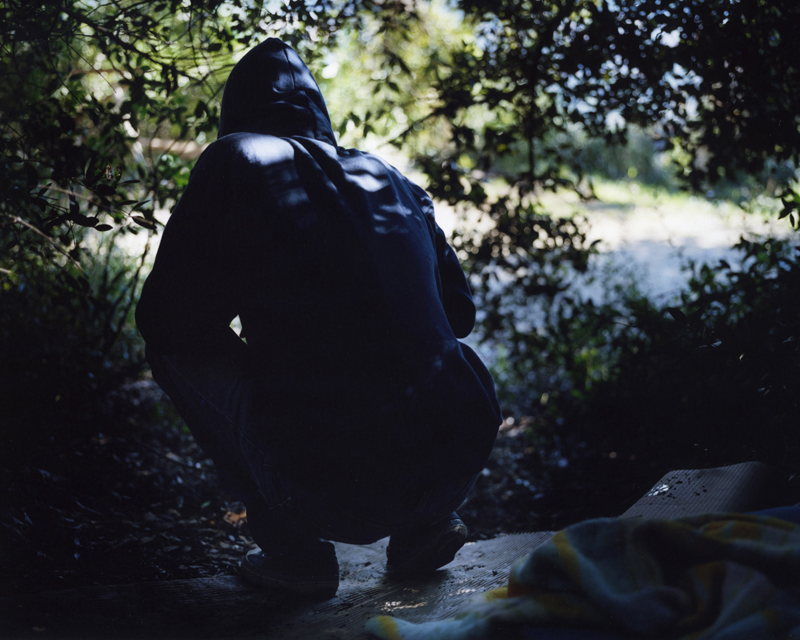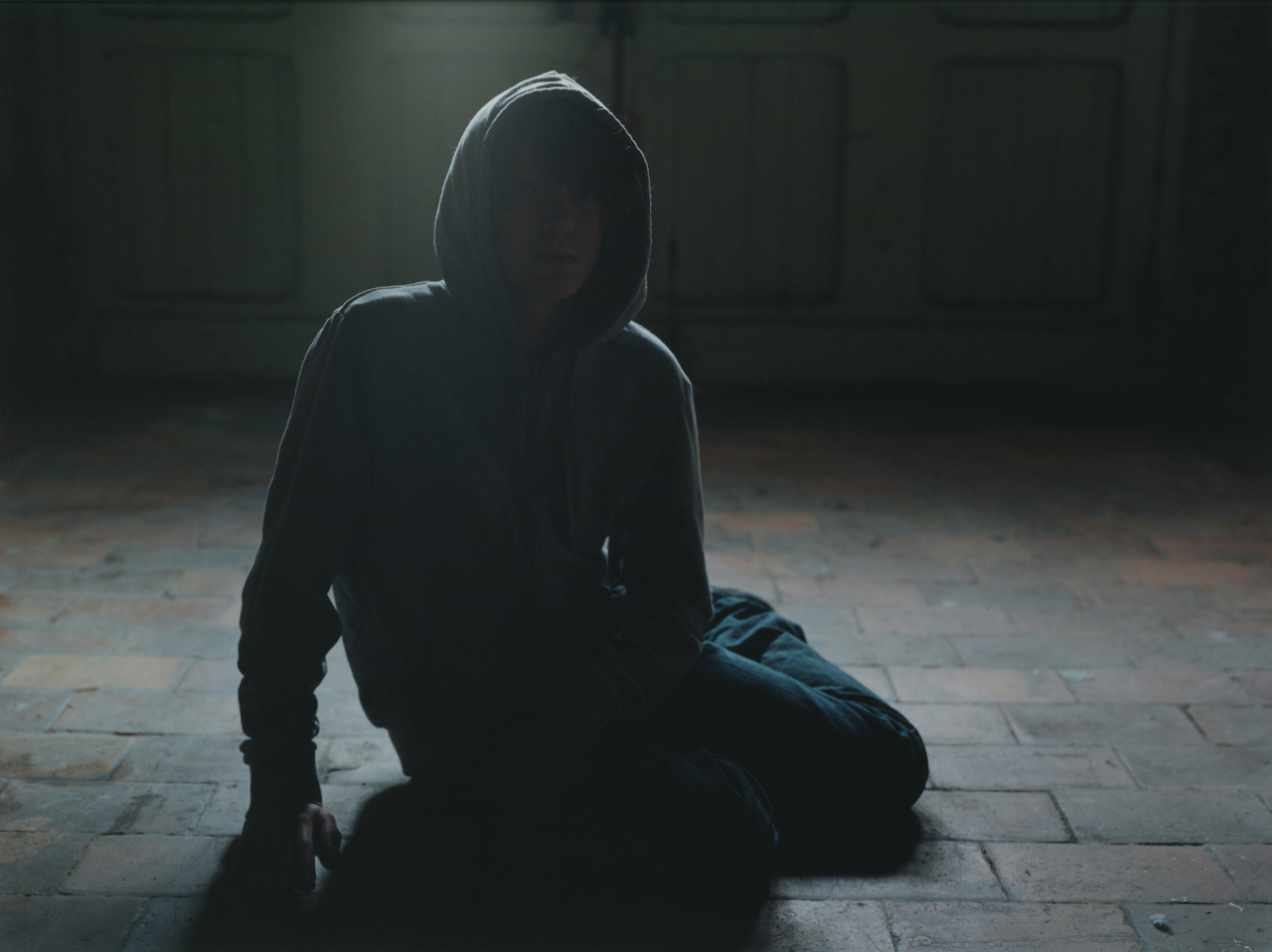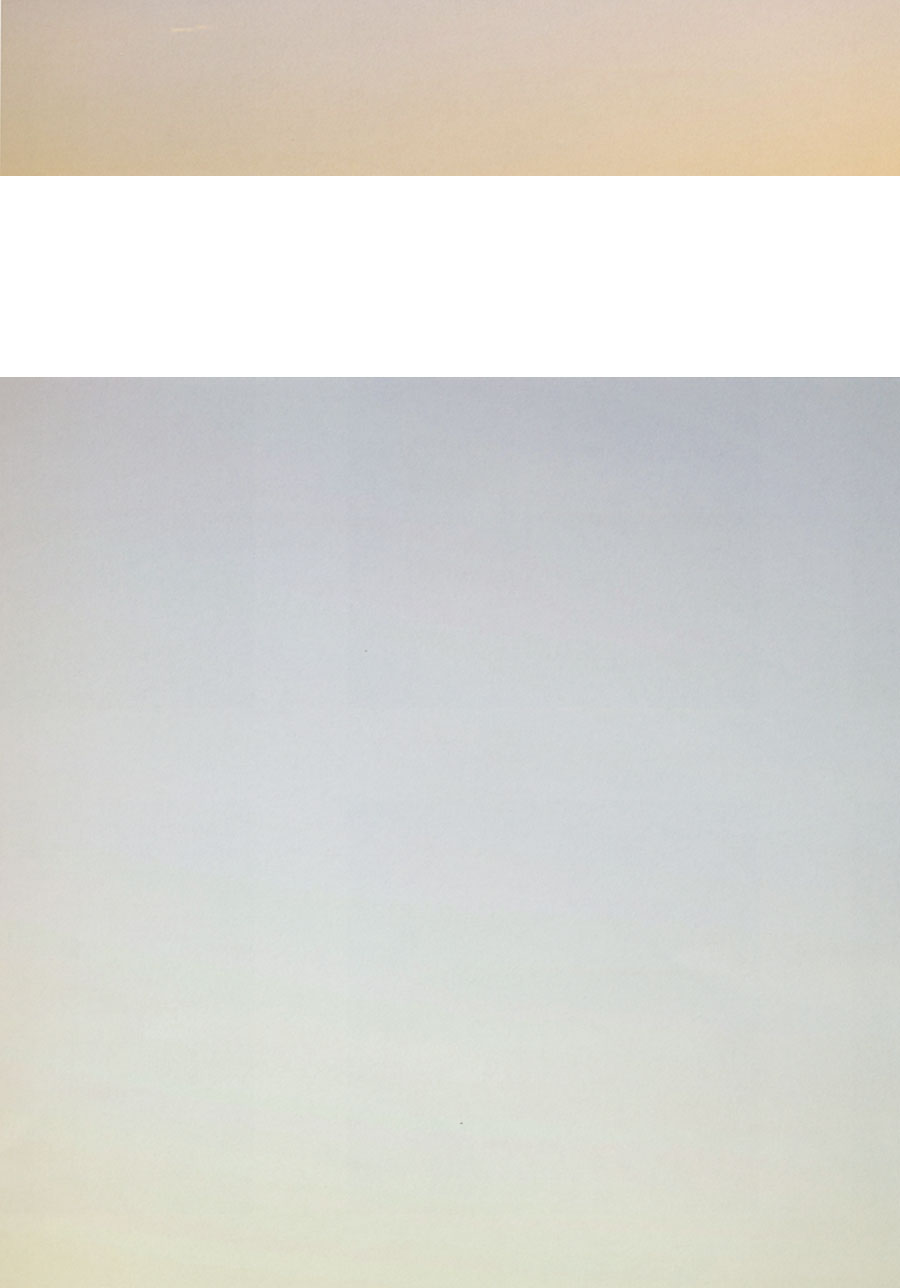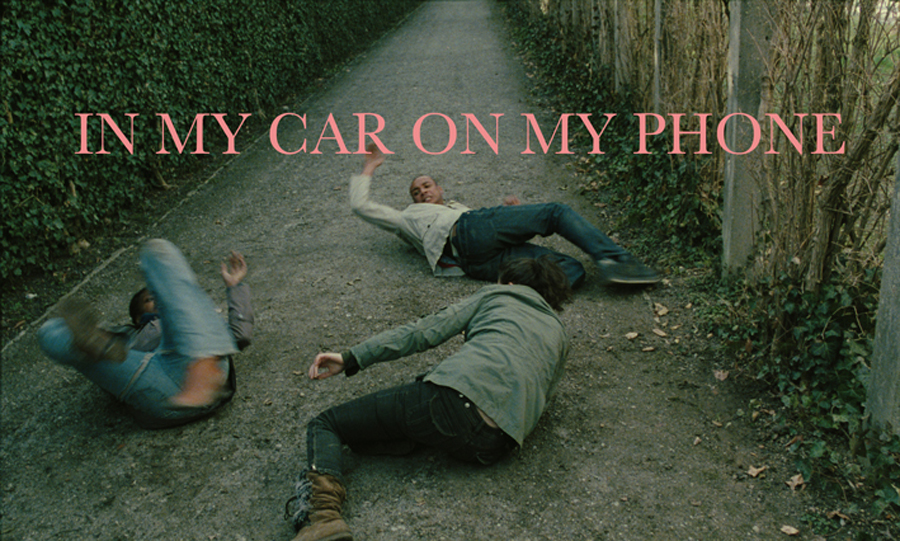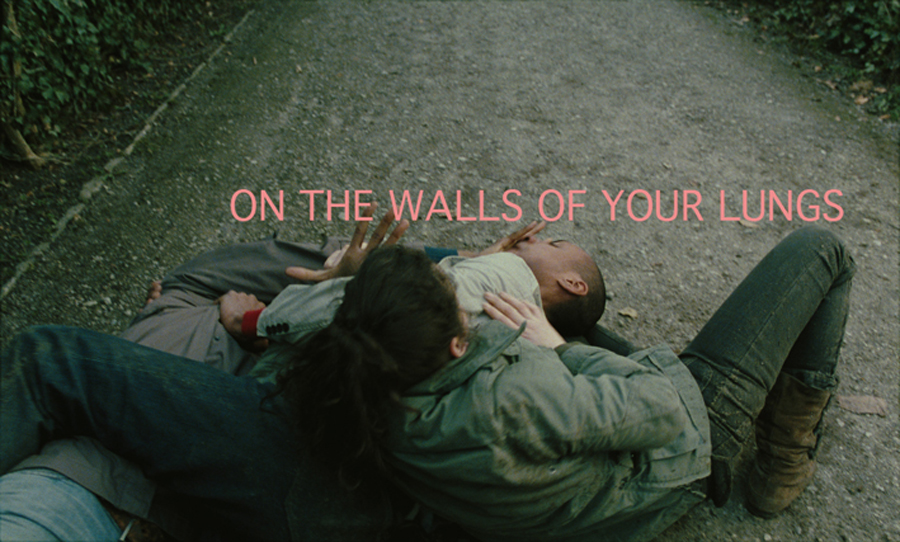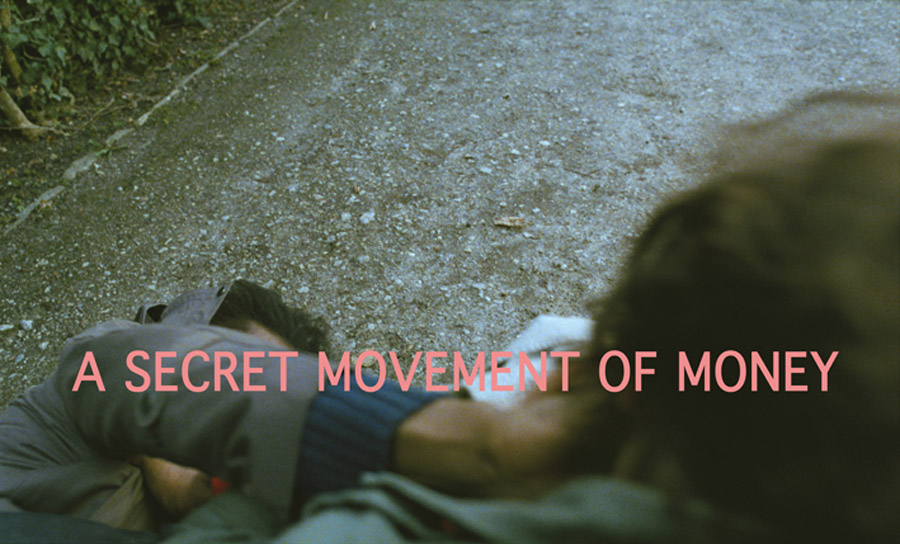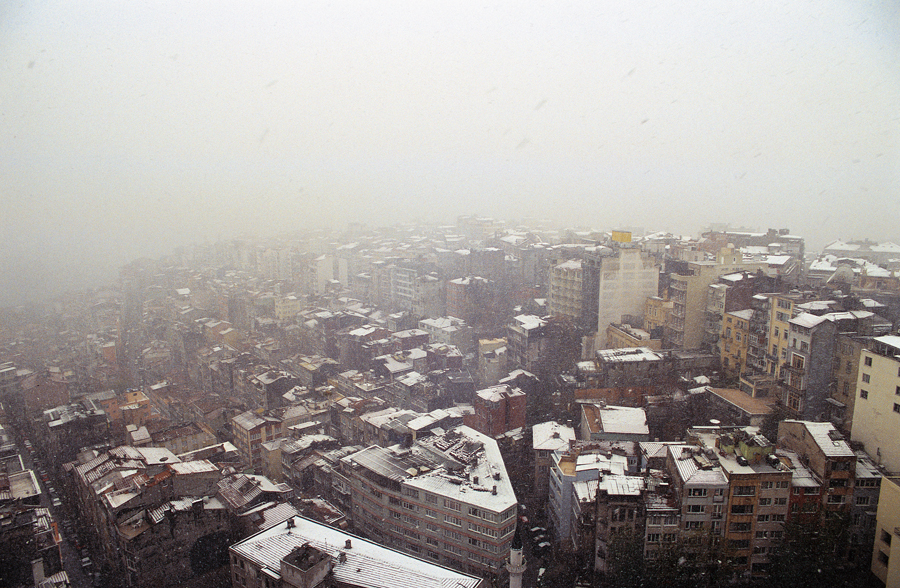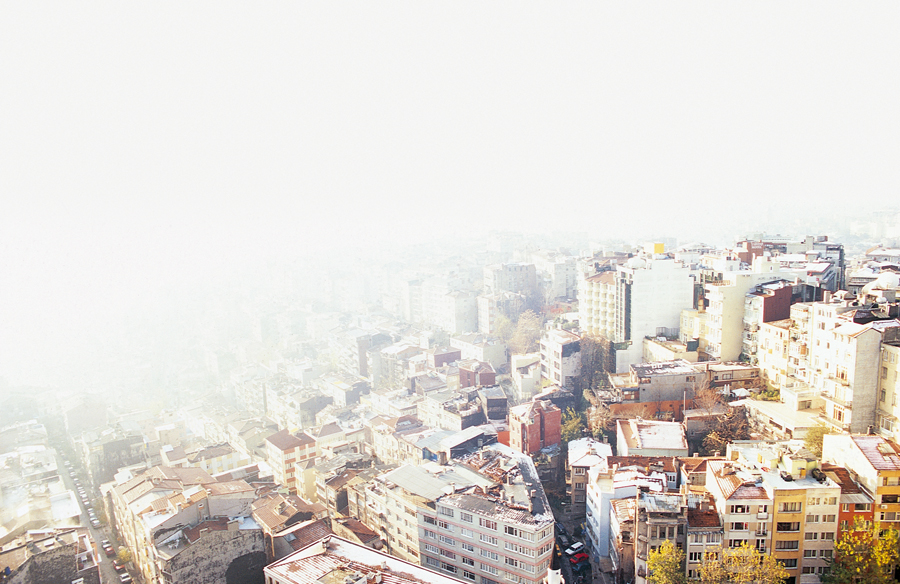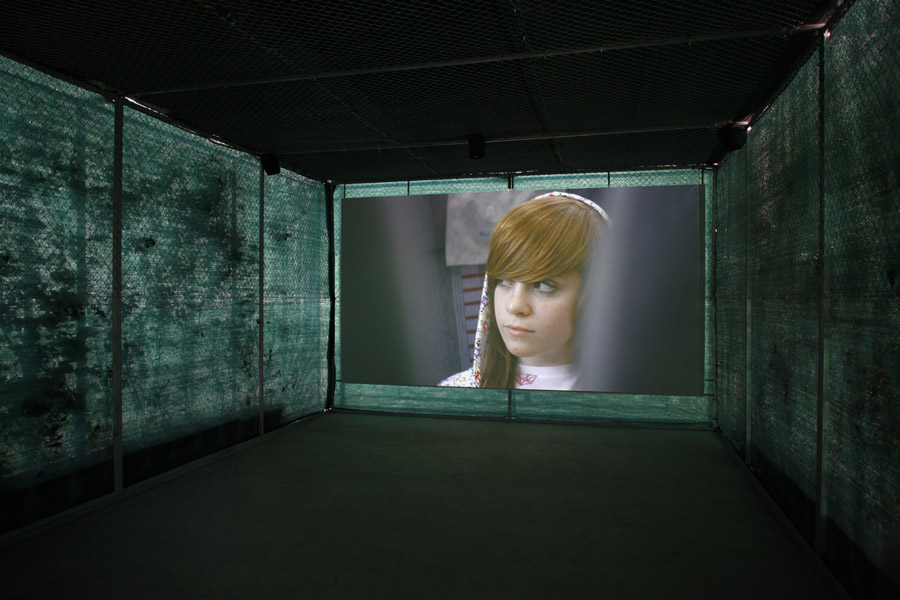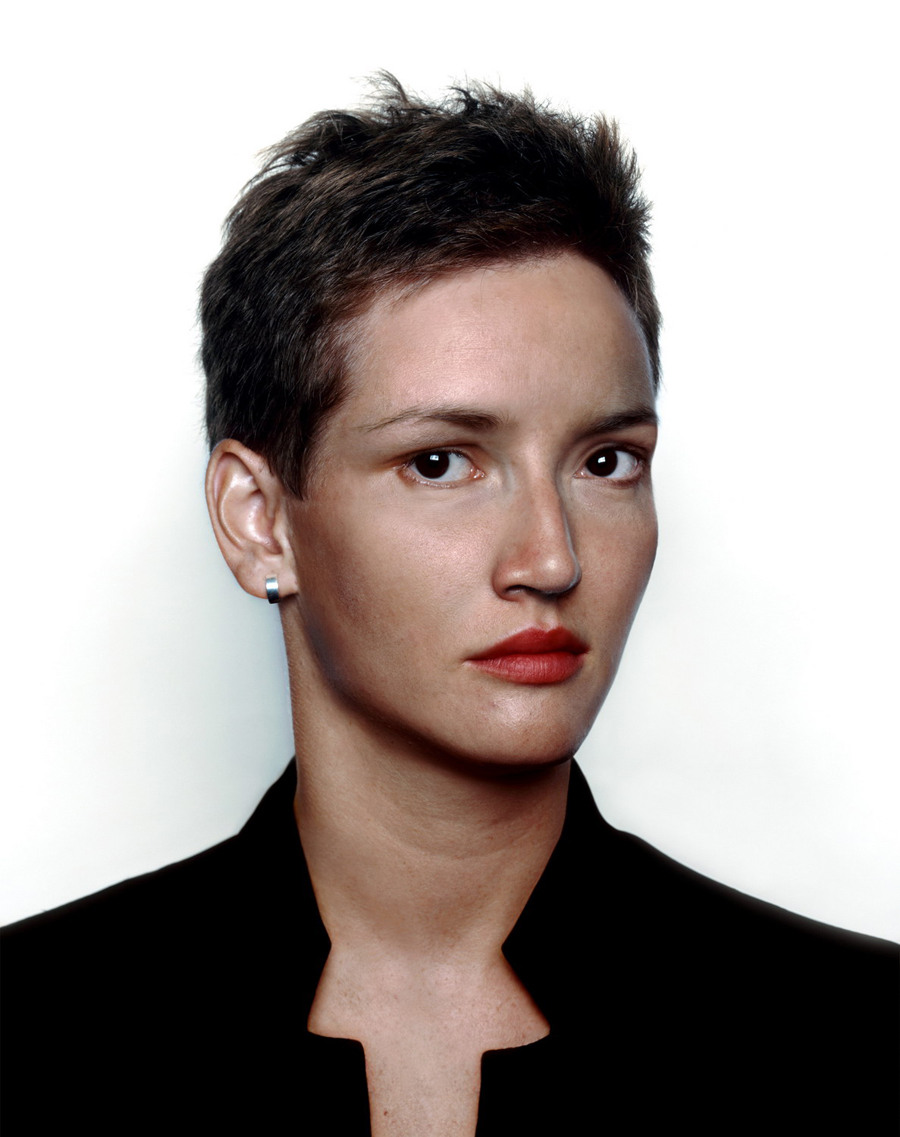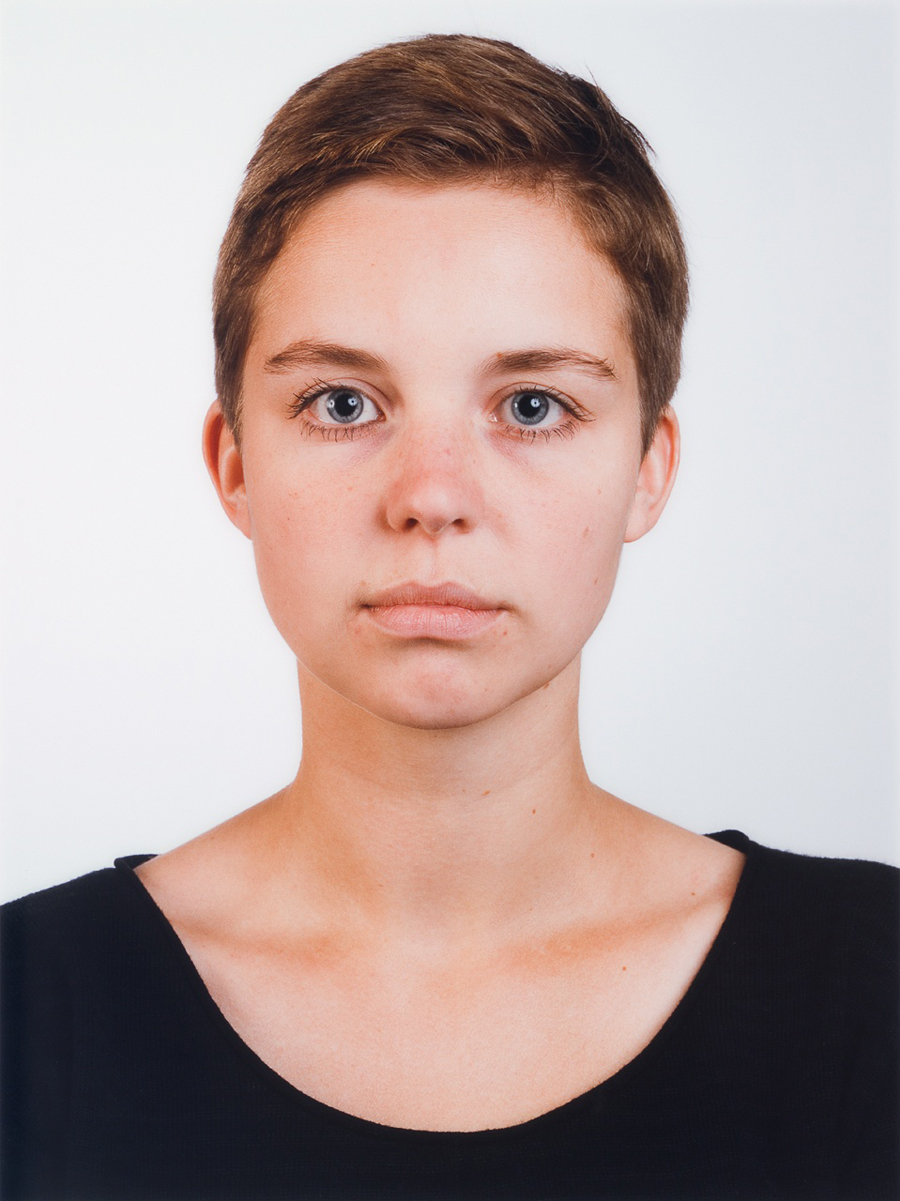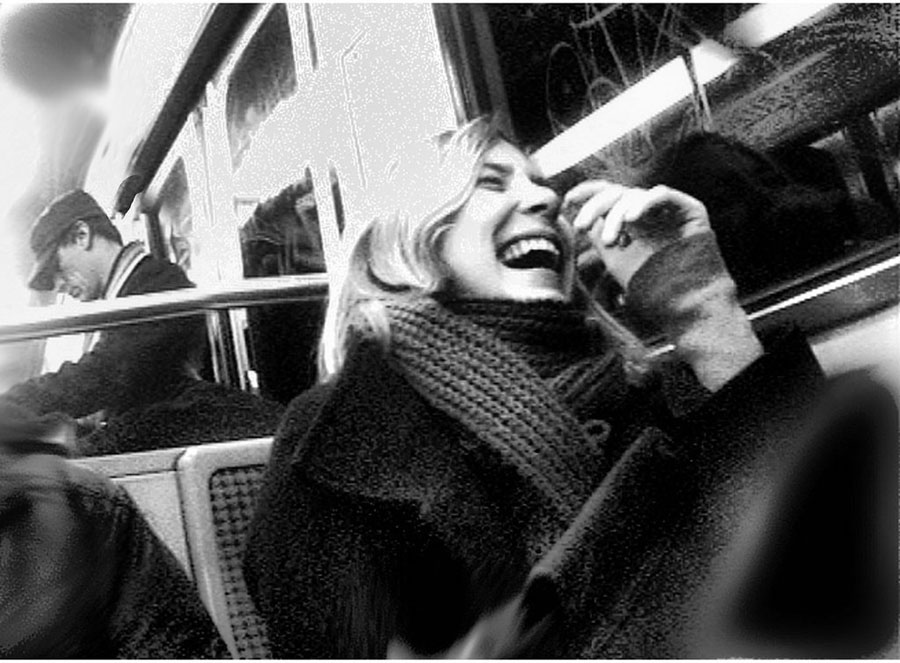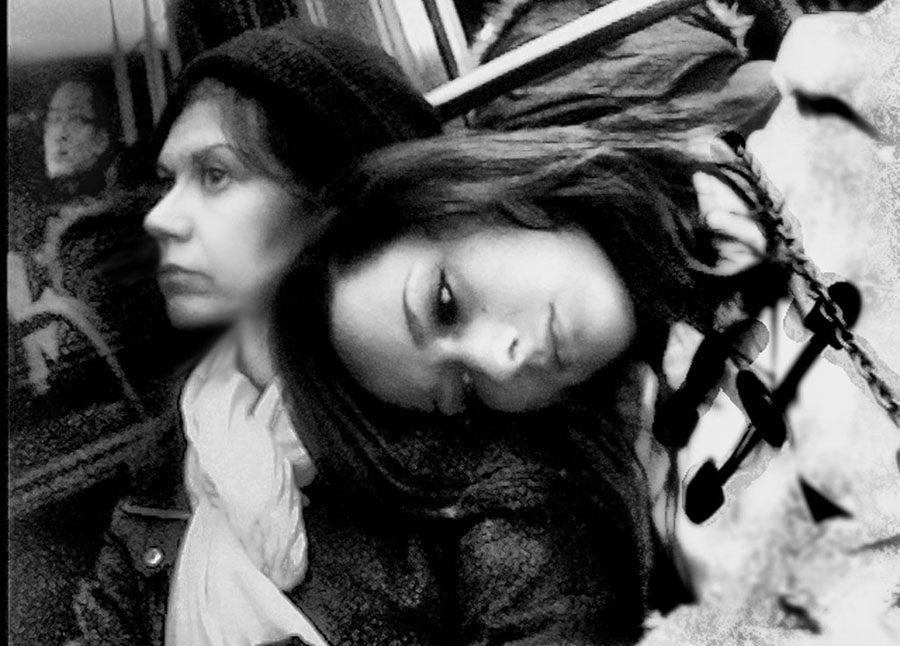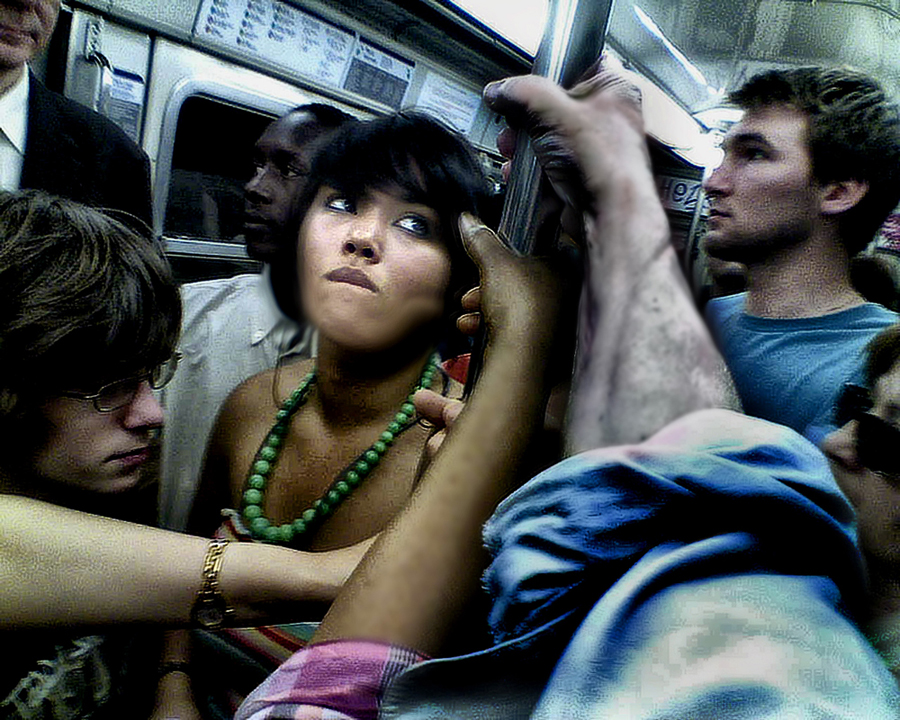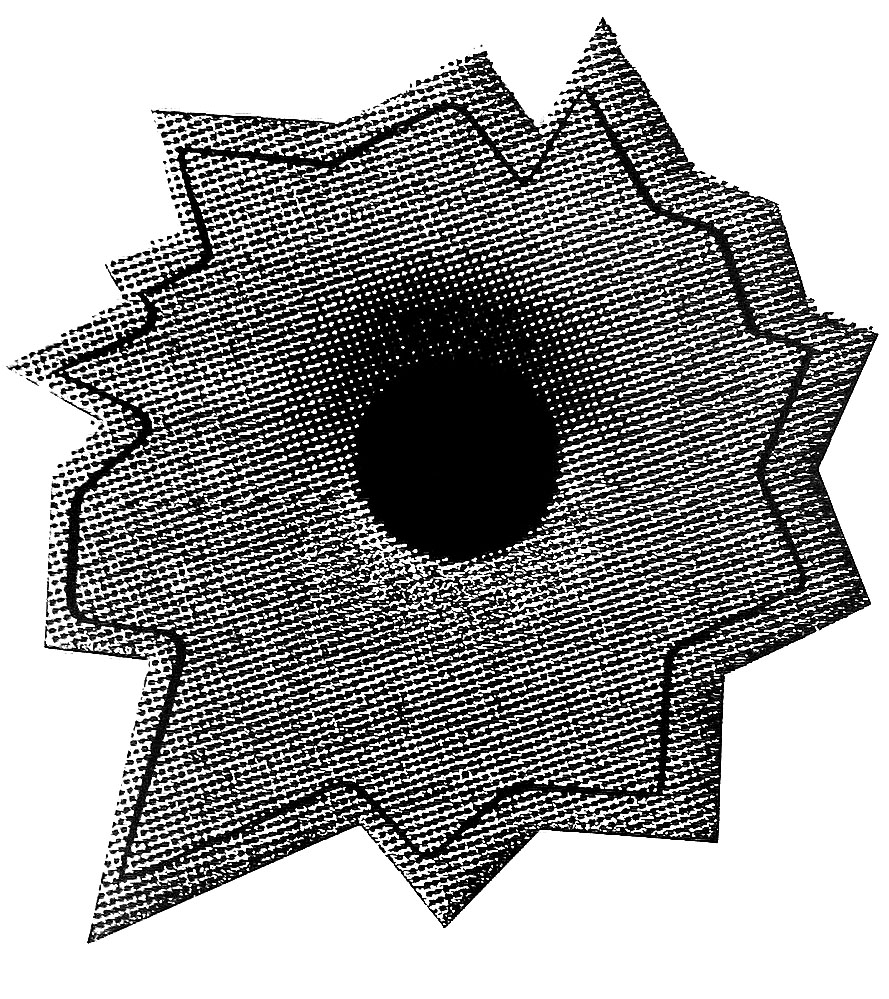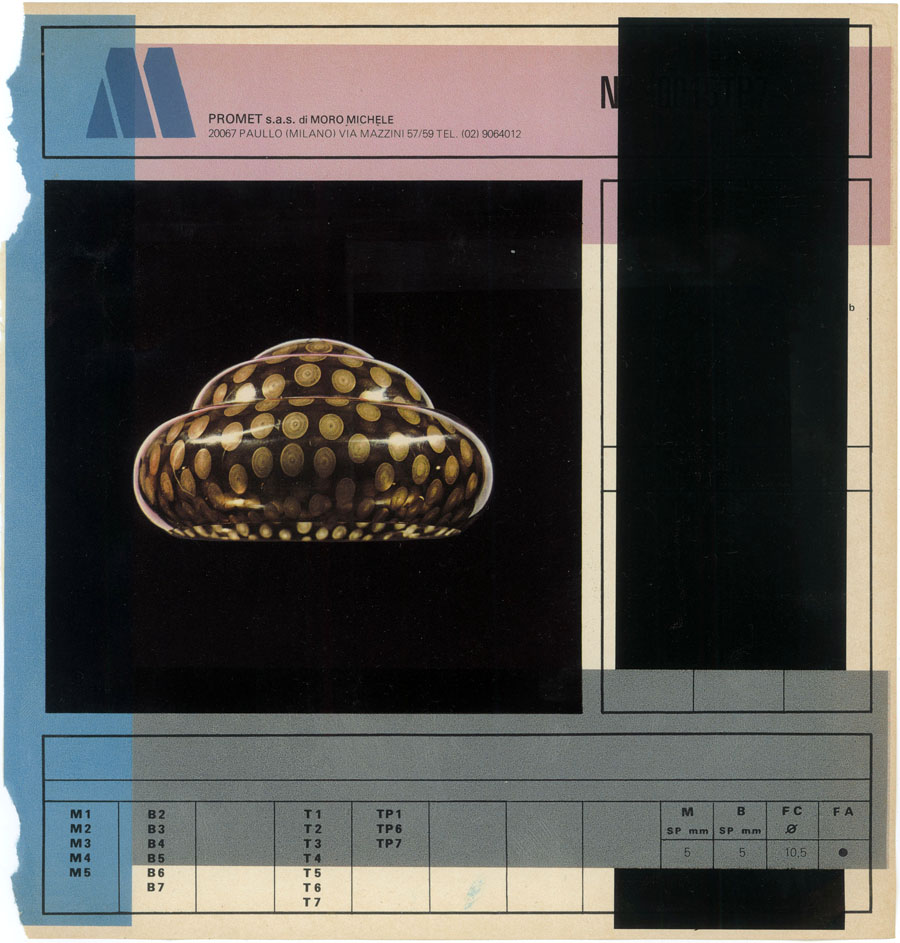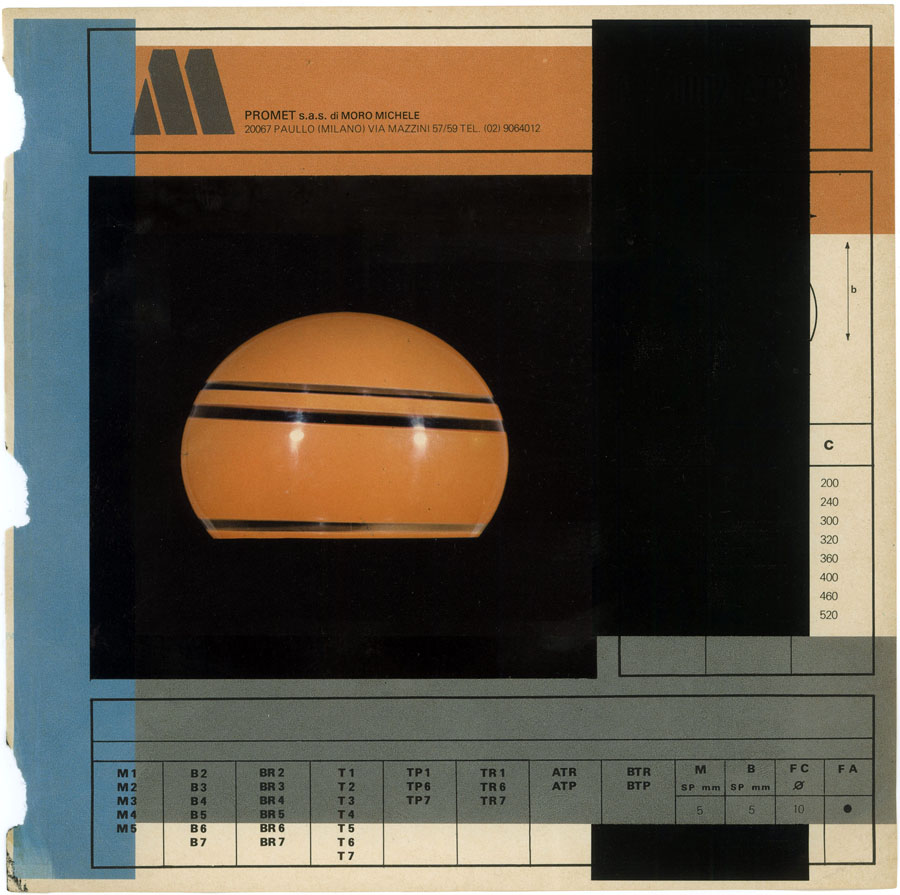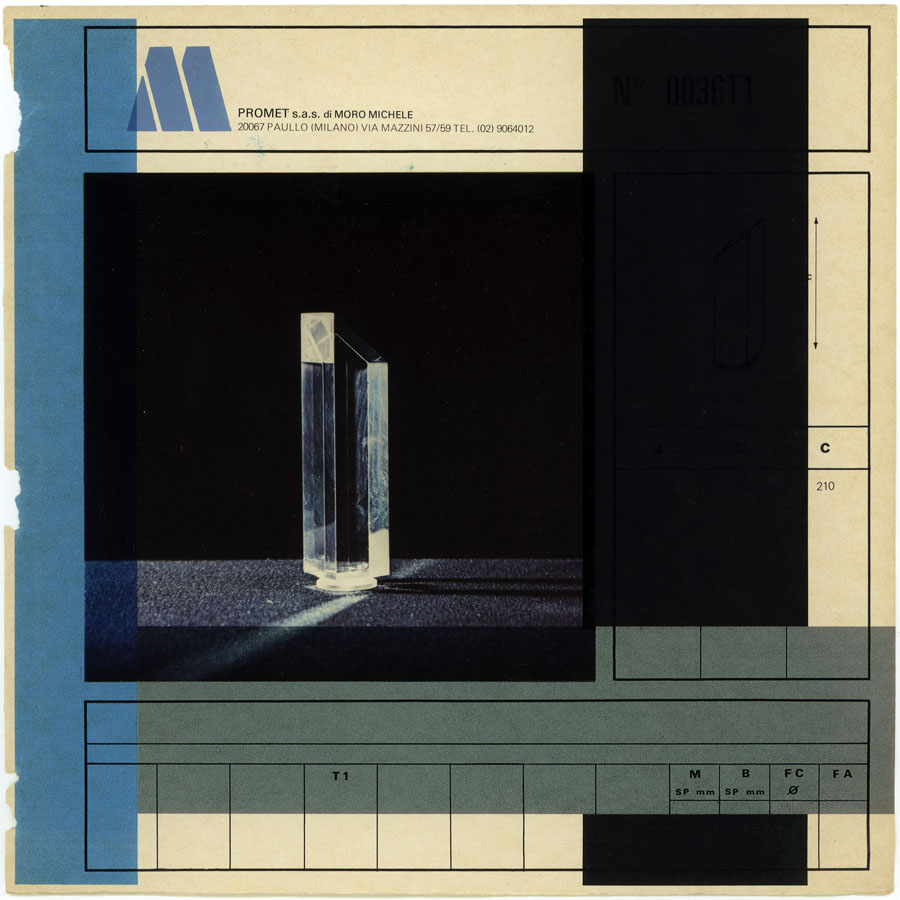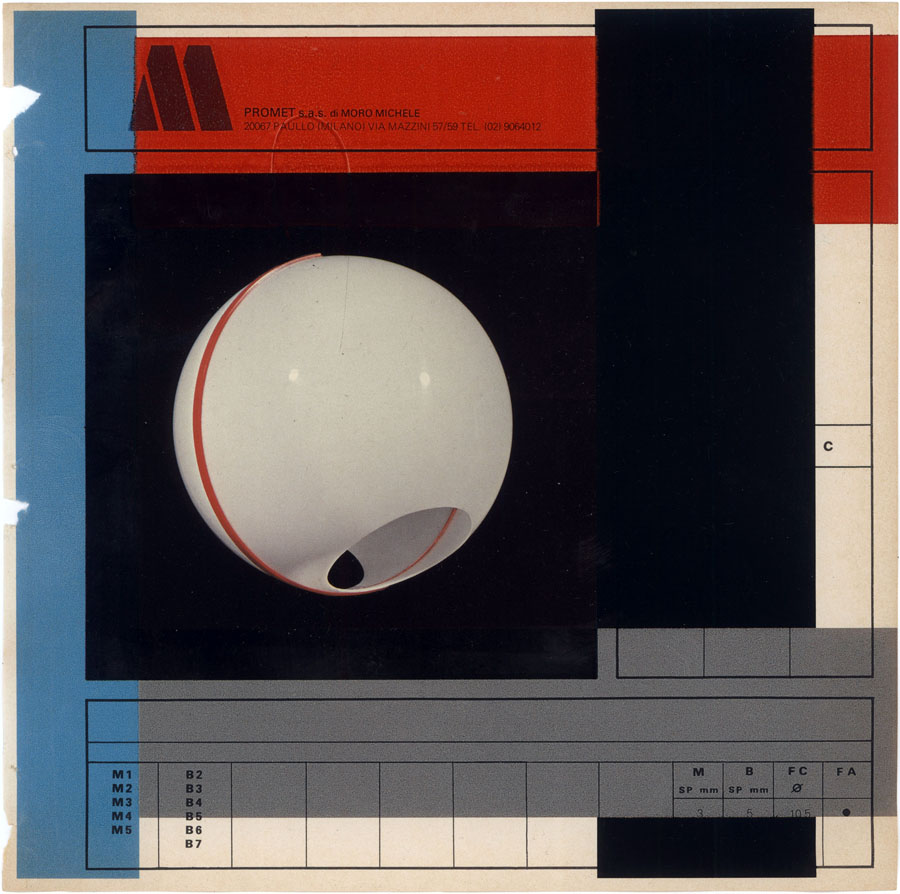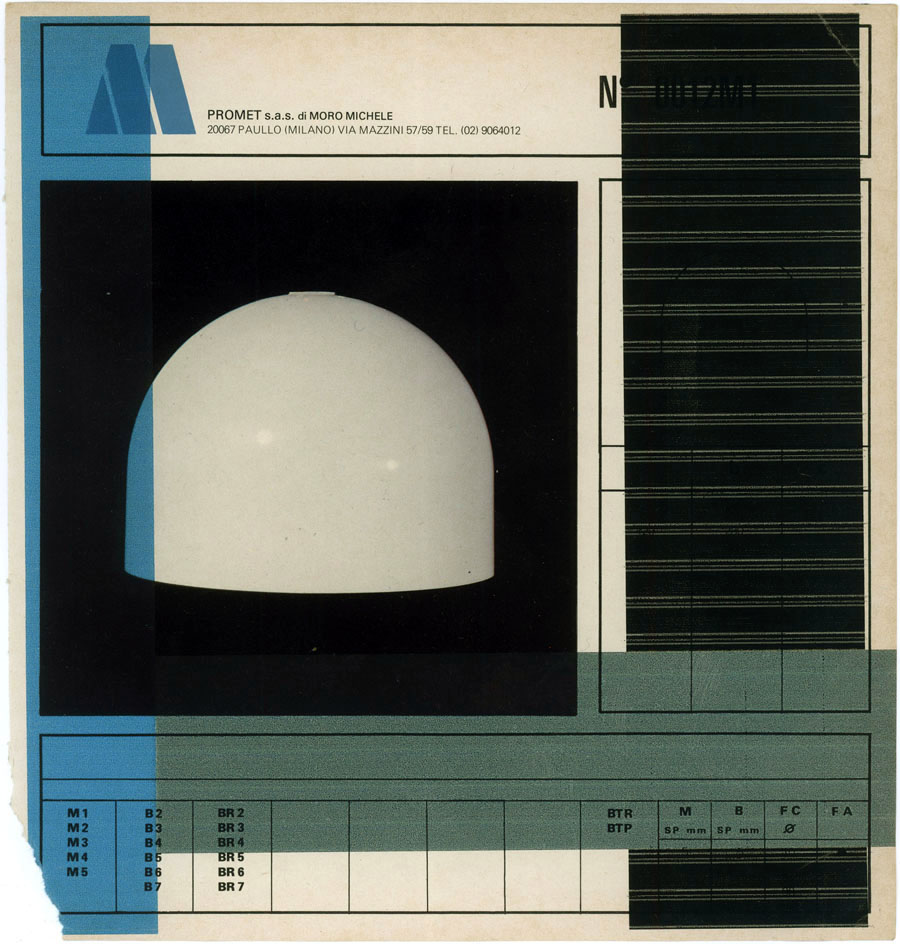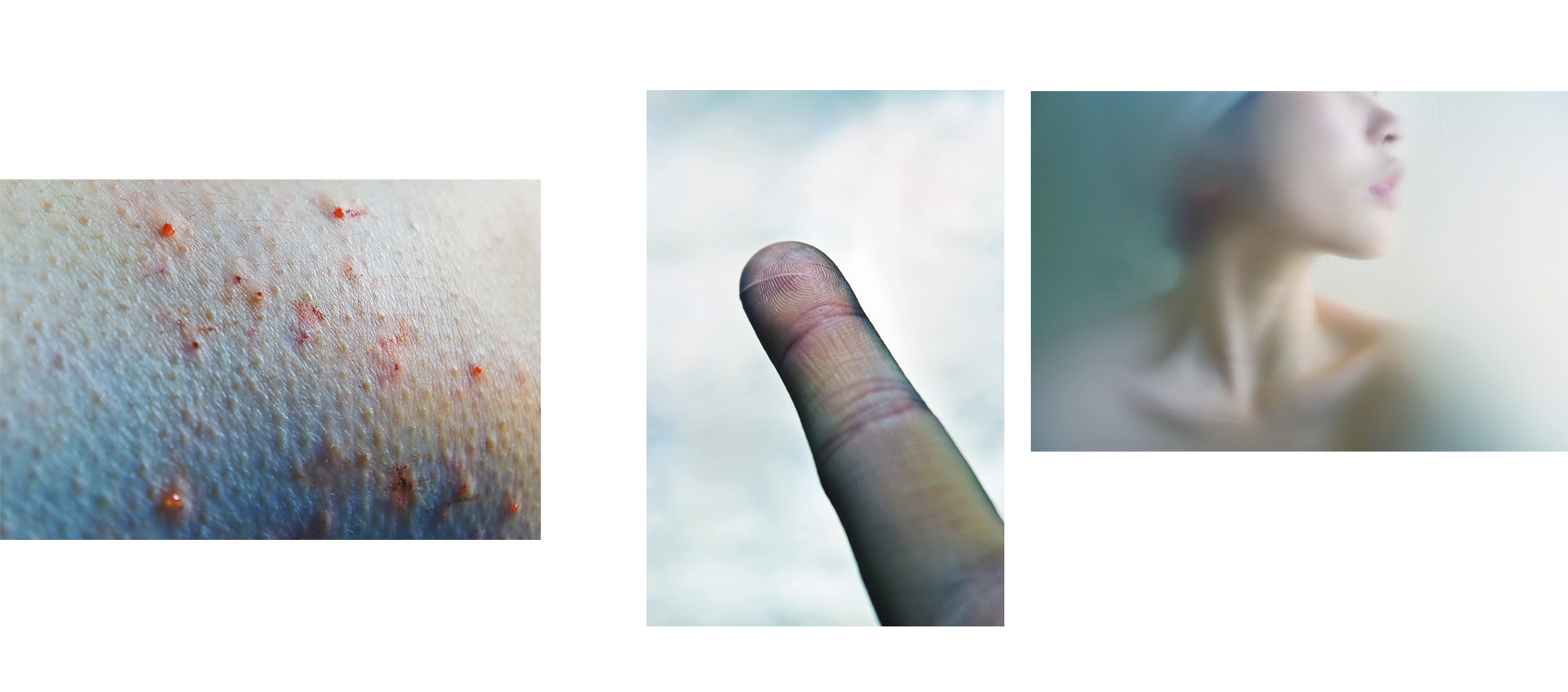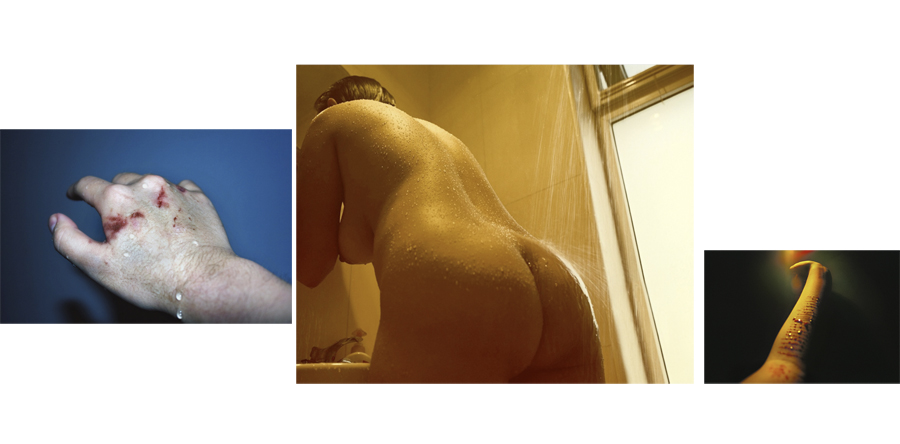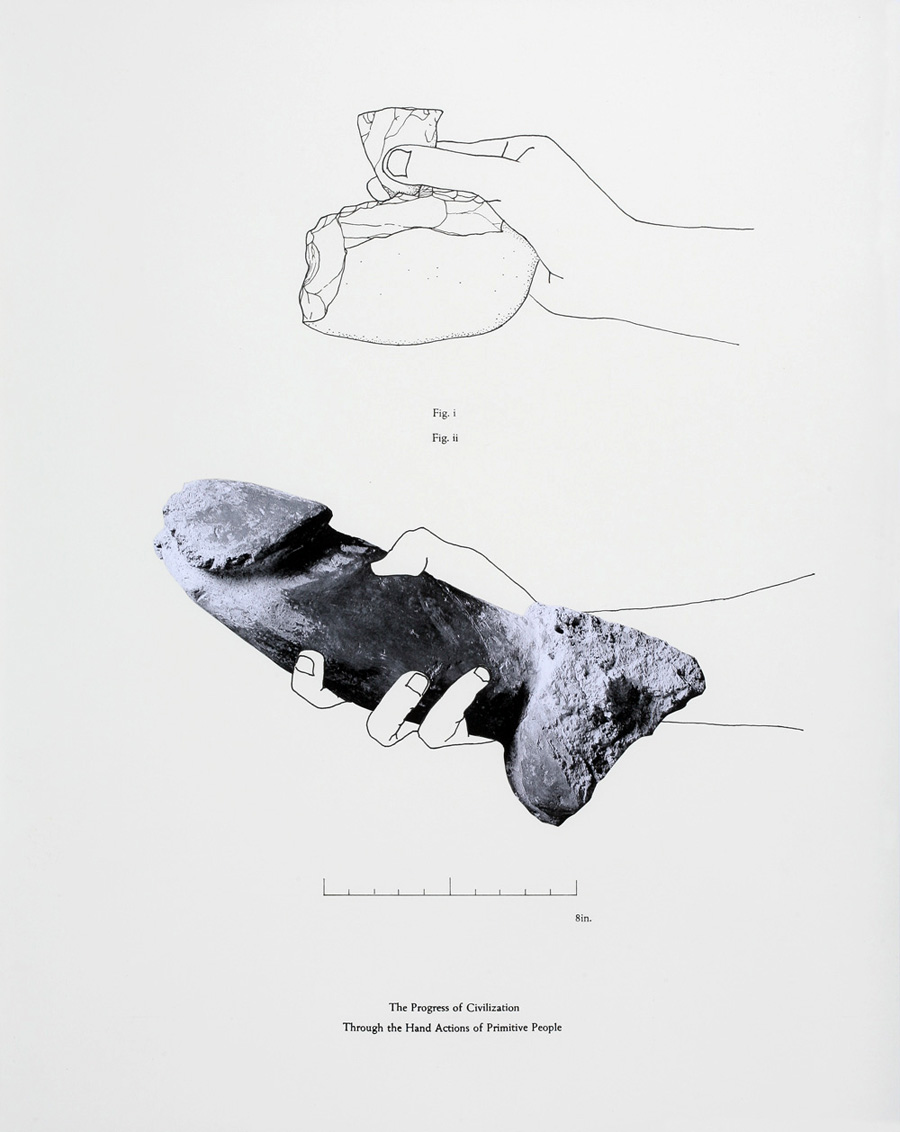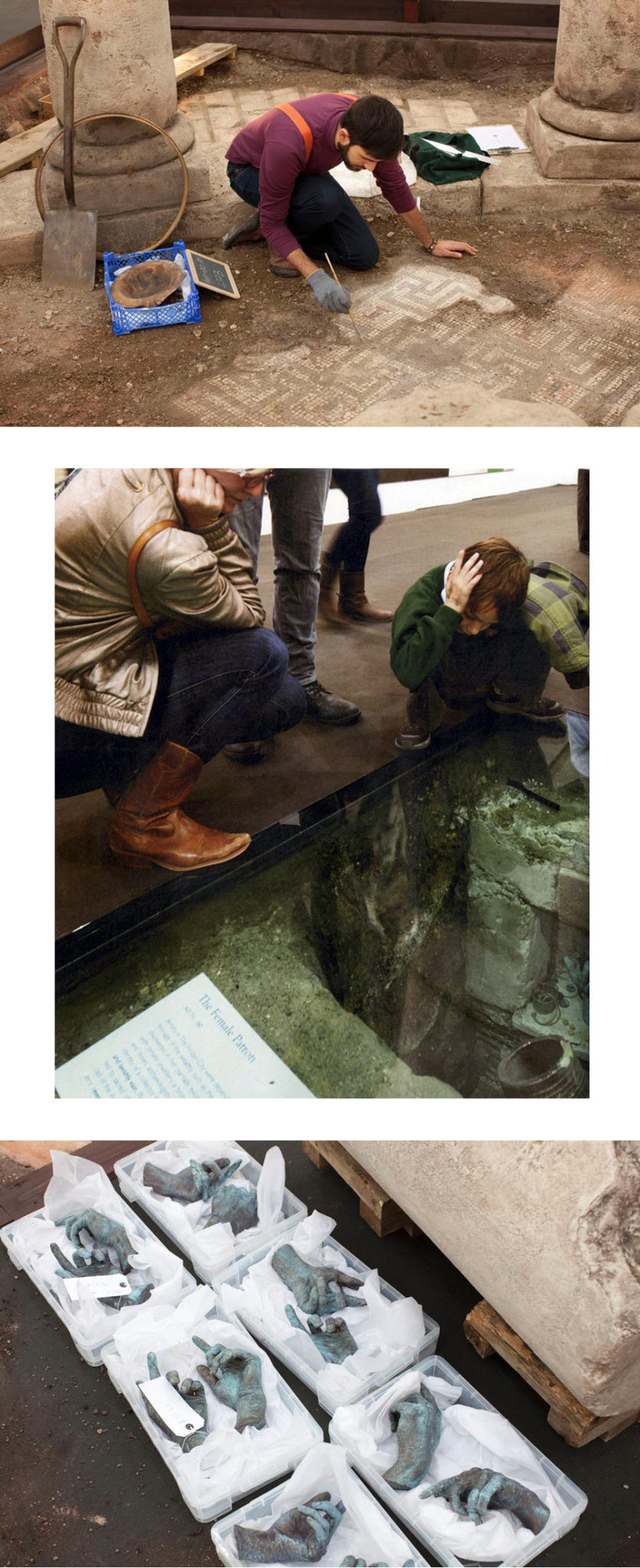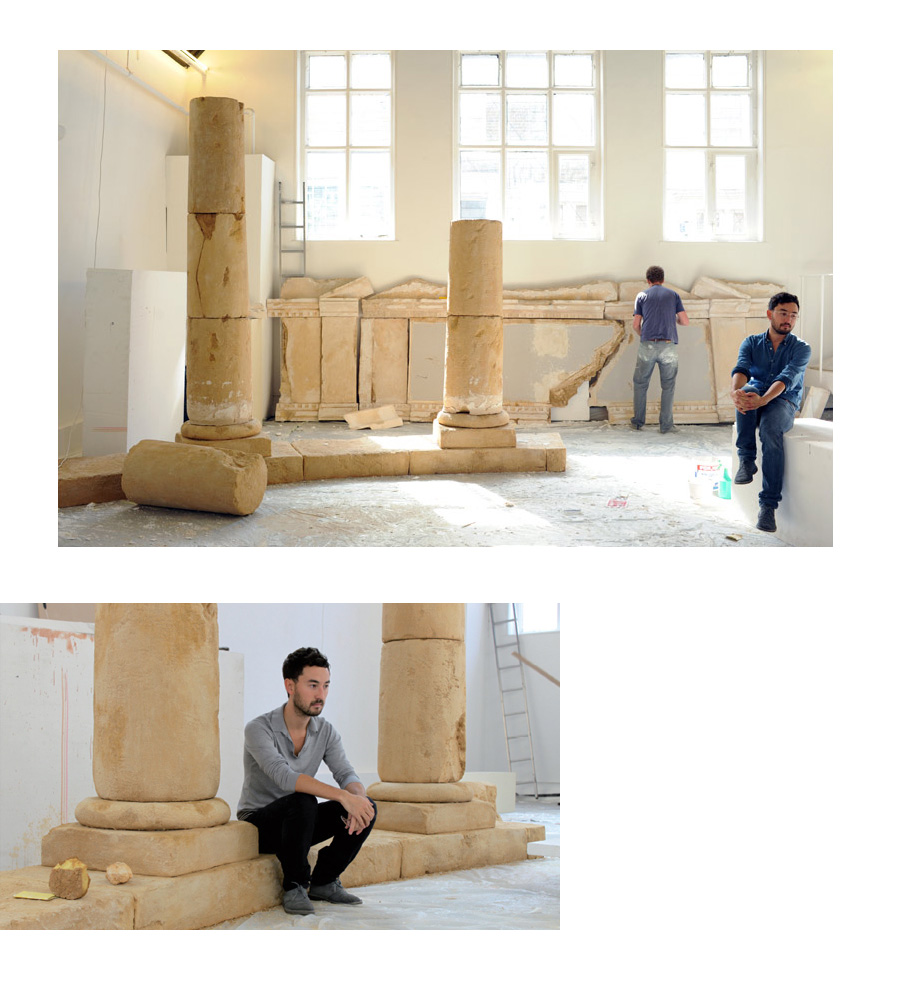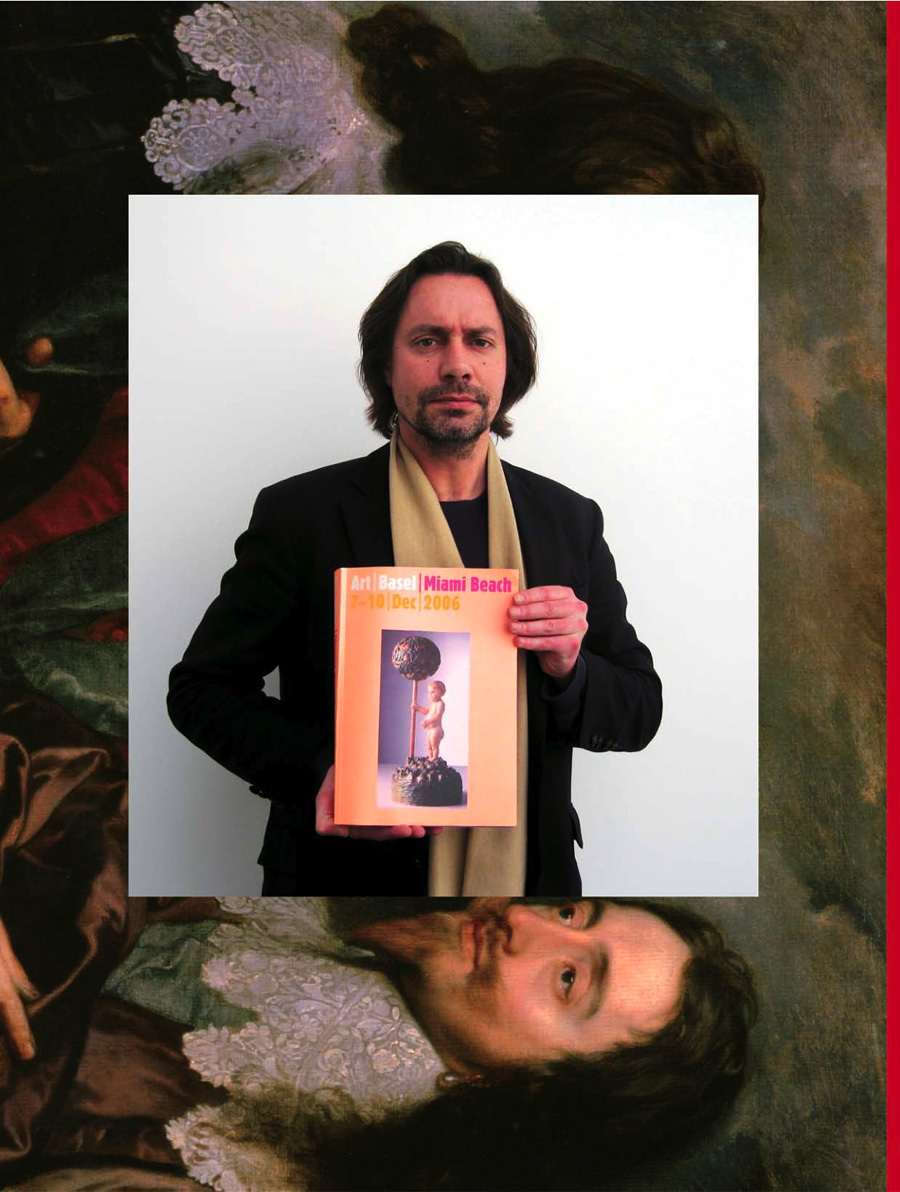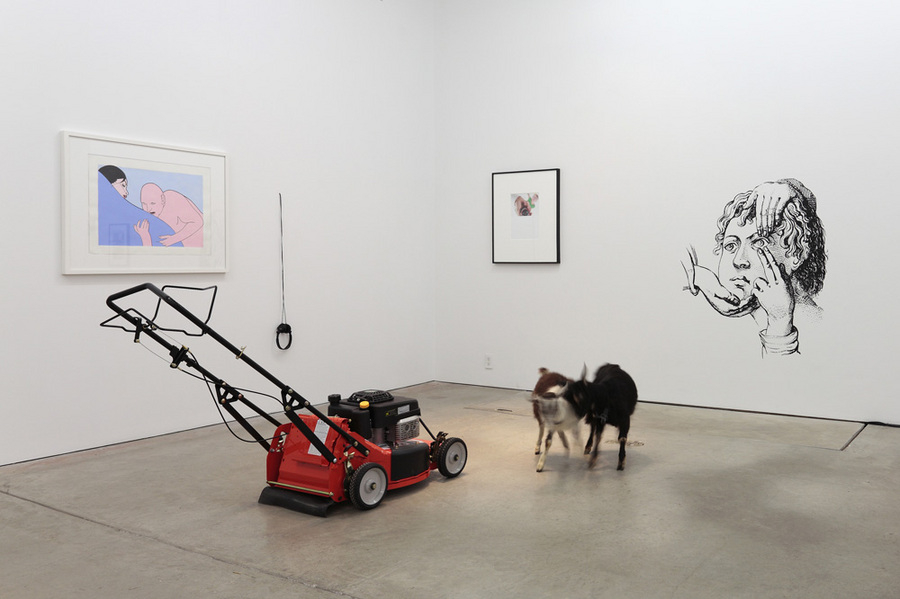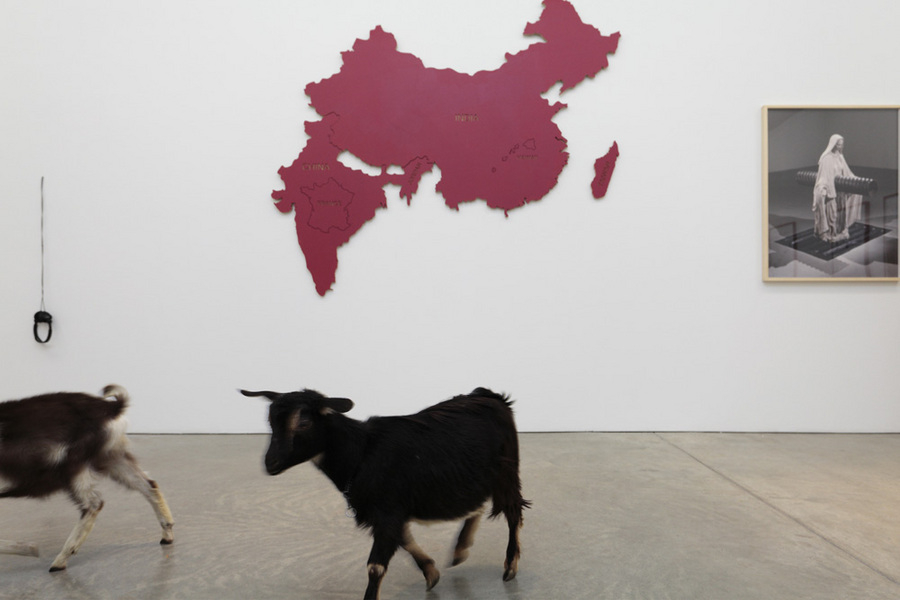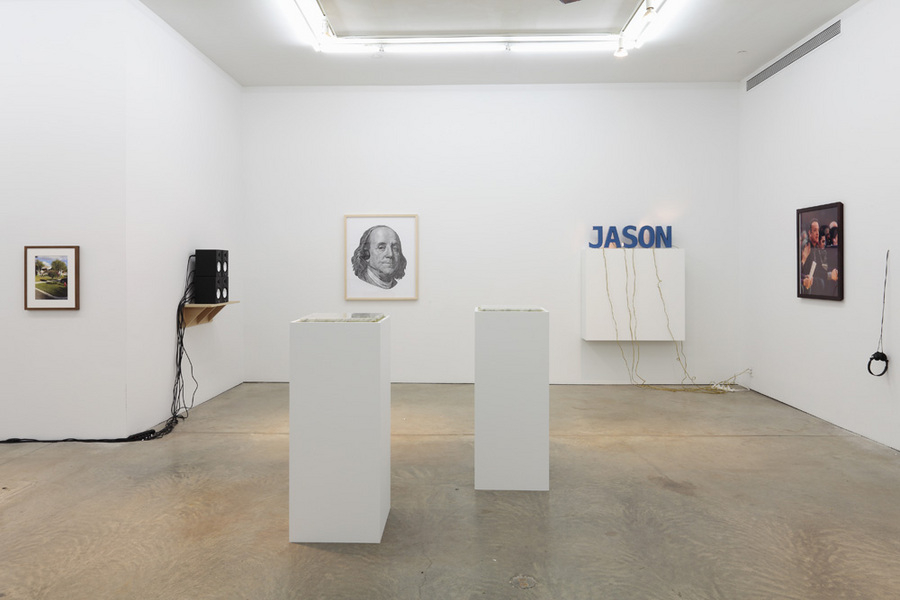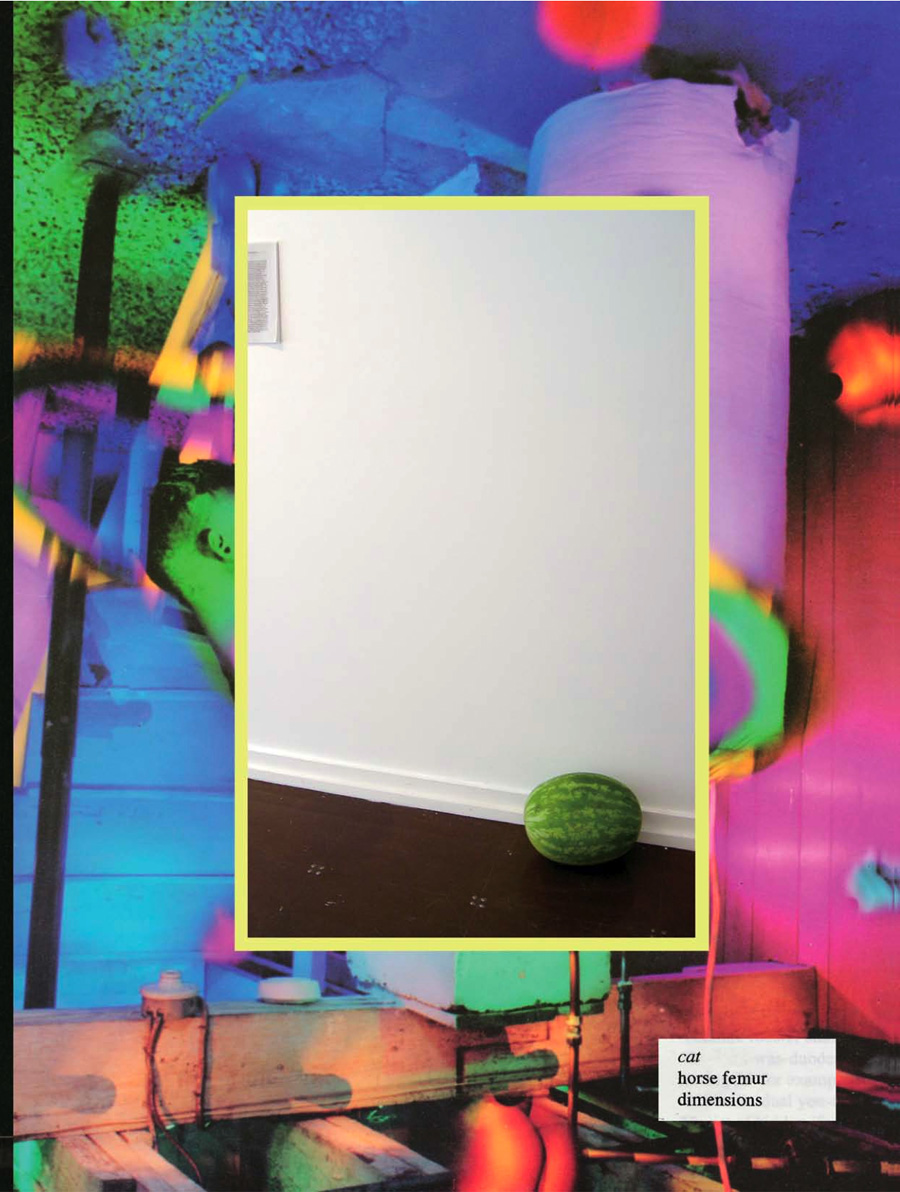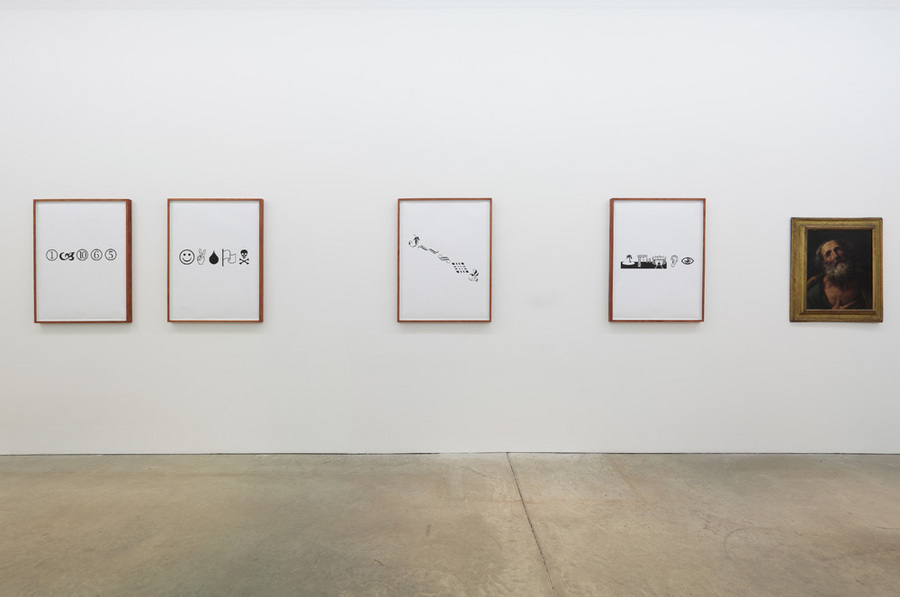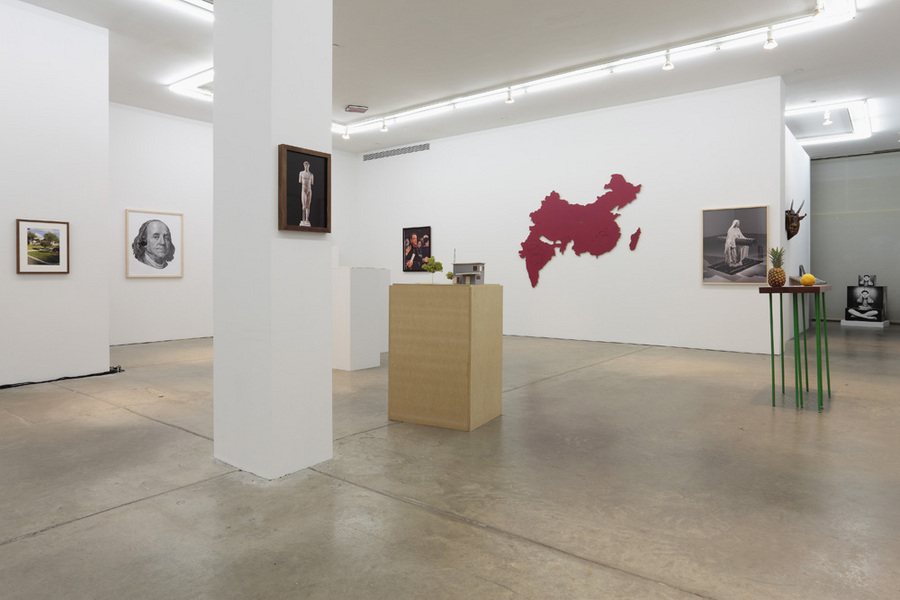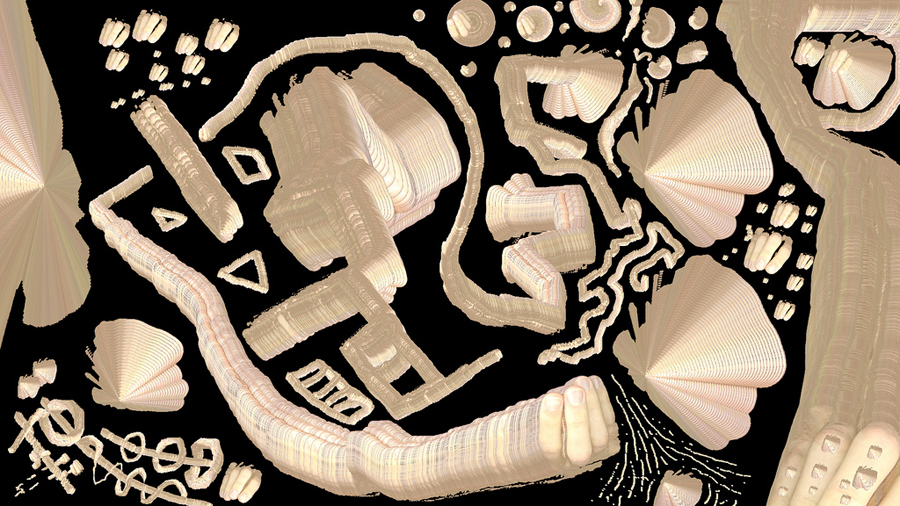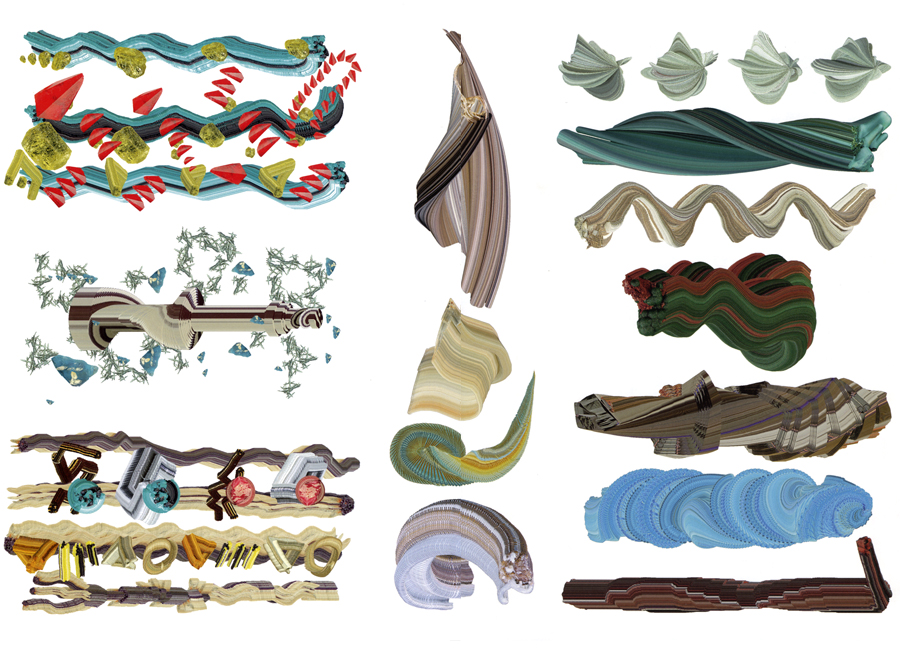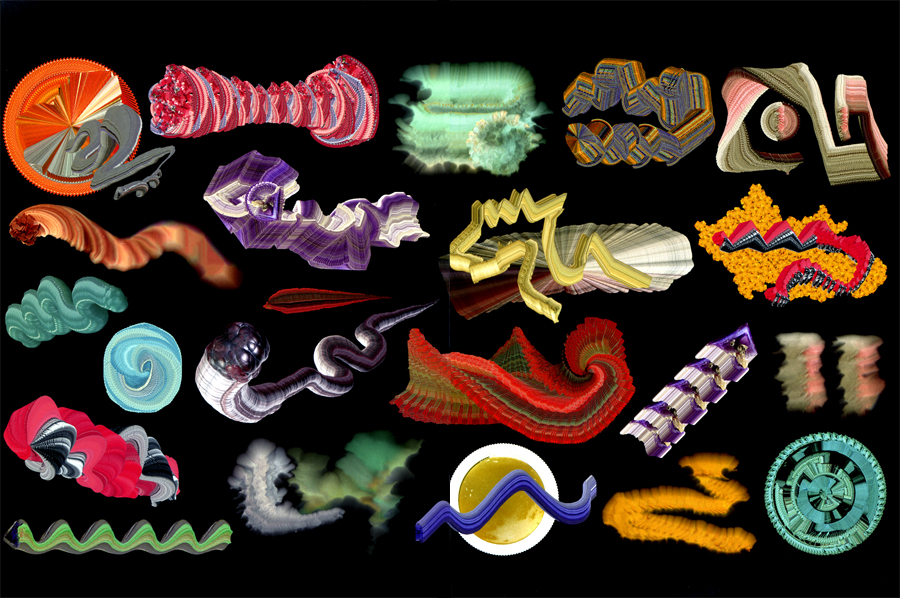Damien Cadio
I agree… No! … I disagree. 2011
oil on canvas, 24 cm x 30 cm
–
B2H2AMX (LOFIVERSION). 2007
oil on canvas, 30 cm x 40 cm
–
Rain on lens. 2011
oil on canvas, 30 cm x 40 cm
–
KLING KLONG. 2010
oil on canvas, 26 cm x 34 cm
–
Palace. 2010
oil on canvas, 140 cm x 190 cm
–
Luebeck. 2009
oil on canvas, 130 cm x 170 cm
–
Swathed in a crepuscular atmosphere, French painter and video artist DAMIEN CADIO’s creatures and ghostly scenarios are captured in the middle of arcane narratives.
His paintings (often small formats) depict a mysterious, intimate atmosphere and conjure up an unusual universe that is as enticing as it is disquieting. The strangeness emanating from the paintings is transcended by the frequent use of fluorescent colours and very distinctive light.
The subjects of CADIO’s pieces are enigmatic and occasionally even difficult to distinguish. He paints from images he finds on the Net, lifts out of books or magazines, or steals from films, and then created distance from the images by cropping them.
DAMIEN CADIO was born in France but now lives and works in Berlin. You can view more of DAMIEN‘s work on his website right here: http://damiencadio.com/
